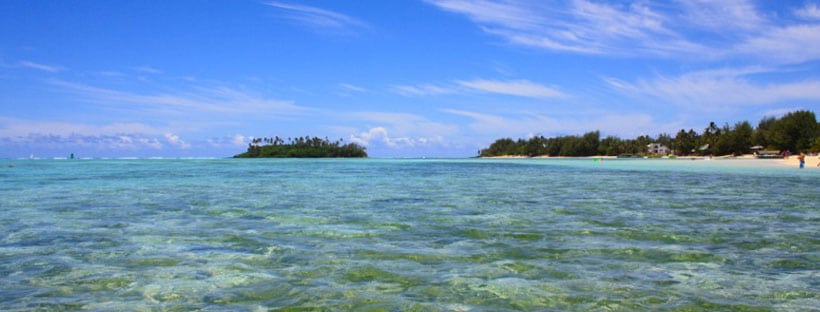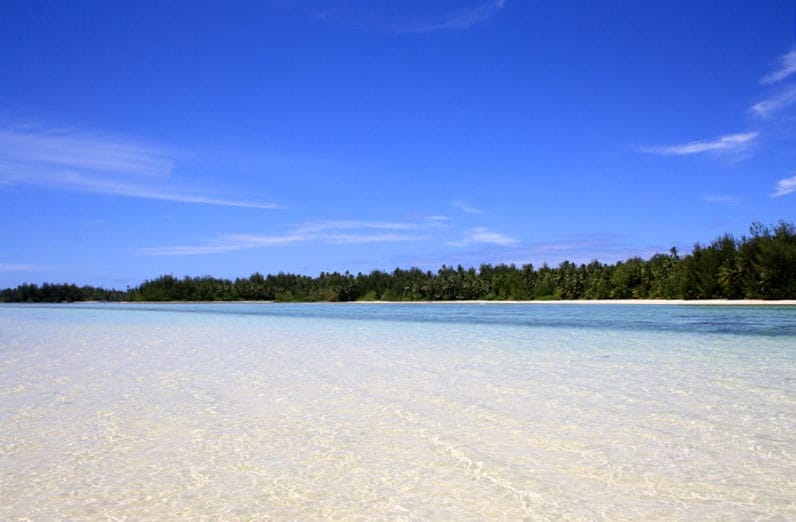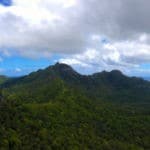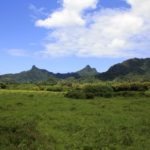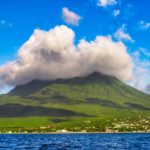We wish someone had told us these Rarotonga tips before we went to the Cook Islands!
One of the disadvantages of travelling in the South Pacific (if there can be such a thing) is the lack of infrastructure for backpackers. It can be done on a shoestring but it’s certainly more difficult than say Southeast Asia or Europe.
At home in London, we knew no-one that had visited places like Tonga or Rarotonga, so first-hand wisdom was very hard to come by. We largely managed with internet research and guidebook information – until we got to Rarotonga where we were hit by a few surprises.
Rarotonga tips
Below, we share the Rarotonga tips learnt to help future visitors prepare for what’s in store.
The internet is gut-wrenchingly expensive
As Rarotonga is part of the far more developed New Zealand, we expected its internet infrastructure to be better than other Pacific islands. Oh, how wrong we were.
In Vanuatu, Fiji, Samoa and Tonga, we had several ways of getting online: cafes that offered free wifi with a purchase, internet shops that offered a fast connection for a small fee, or a local dongle that allowed us to connect from anywhere.
In Rarotonga (or ‘Raro’ as the locals call it), we had only one choice: Telecom and their ridiculous prices including $50 NZD for one gigabyte. That’s $40 USD or £25 GBP for one gigabyte.
There are two pricing structures to choose from. Wifi can be bought as a package which allows you to log in and out as you please, but at pretty hefty prices: 1Gb for $50, 500mb for $25 for and 150mb for $10.
With modern websites as heavy as they are, we found that merely checking email would swallow huge amounts of data at a time. The alternative, which offers slightly better value, is to buy chunks of minutes but these have to be used in one sitting: 30 mins for $6, 60 mins for $9 or 90 mins for $12.
In short: if you need to be online in Rarotonga, it will likely dent your budget.
The bus isn’t cheap either
After three months in the Pacific, we were used to paying mere cents for bus rides. This all changed in Raro where we were paying $5 NZD ($4 USD or £2.50 GBP) for a single journey. The other thing to note is that single rides cost $5 while returns cost $8 so it’s worth buying a return if you’re making a round trip.
Finally (and this is something we have never come across in the 60-odd countries which we have visited between us), you need to pay extra for a big backpack: $2 per bag. We fast felt the pinch after a few bus rides around town.
You probably won’t find Te Manga
On the Cross Island Walk, we bumped into a German-Kiwi couple who said they had tried to climb Te Manga, the highest point on the island, but couldn’t find the trail.
They were experienced climbers so when Peter and I set out to do the same, we made sure we took a map with the point clearly marked. Alas, after two hours of walking and searching, we still weren’t on the trail. Eventually, well into our third hour, we gave up in frustration and went home.
It reminded me of Nevis Peak in St Kitts and Nevis, which tourists are discouraged from attempting alone. In fact, the only reason we found Nevis was because we scoured TripAdvisor for instructions.
If we had been less complacent in researching Te Manga, we may have actually found it. If you’re planning on climbing it, make sure you do some research!
You should stay near Muri Beach even though it’s touristy
We were reluctant to stay on Muri Beach after reading that it was very touristy. We stayed on the other side of the island, figuring we could take the bus down one day.
In reality, Muri is one of the most stunning beaches we have ever seen. It does have a line of hotels down one side with plenty of kayaks and paddleboards littering the scene, but its utter beauty negates the relatively touristy feel.
We made a second trip to Muri but in hindsight, I wish we had stayed within walking distance.
You’ll probably fall in love with it
Despite some of the above, I fell in love with Raro and left a piece of my heart there – and I type this from the private island of Taha’a with a view over the crystal waters of French Polynesia, and Bora Bora awaiting us in the distance.
Raro’s lush but rugged inner landscape, its stunning blue water and soft sand mixed with the convenience of modern supermarkets, roads and restaurants (and a cinema!) made it the first place I could really see myself leaving London for.
Be prepared to fall in love.
Where to stay in Rarotonga
The below are some suggestions for accommodation in the Cook Islands. We always take the time to read reviews carefully to make sure you get exactly what you want from your booking.
- Pacific Resort, Rarotonga
- Te Manava Luxury Villas & Spa, Rarotonga
- Te Vakaroa Villas, Rarotonga
- Muri Shores, Rarotonga
- Rumours Luxury Villas & Spa, Rarotonga
- Muri Beach Club Hotel, Rarotonga
Best time to go to RAROTONGA
The Cook Islands are great to visit all year round with minimal seasonal variations. Generally, May to October are the drier months with November to April wetter.
The best time of year to visit the Cook Islands is September and October when it’s less humid and cooler. Be aware that due to Rarotonga’s mountainous interior it can often rain with little warning so always pack a waterproof jacket.
